
Putting Nutrition on the G8 Agenda
The 2013 G8 Summit is fast approaching, and development actors around the world are pressing for malnutrition to take center stage at the talks. In the lead-up to the summit, The Lancet , one of the world's most prestigious medical journals, has released a new series on maternal and child malnutrition . This latest series continues the discussion generated by the journal's 2008 series on nutrition, which culminated in the creation of the Scaling Up Nutrition (SUN) movement and recent increased focus on the importance of a child's first 1,000 days.
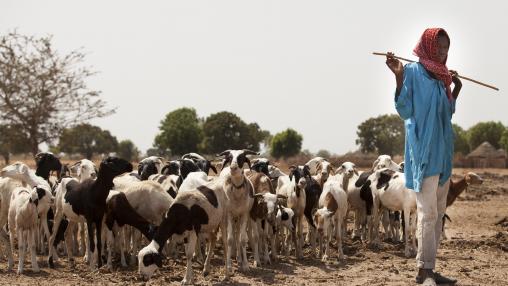
Keeping the Momentum of West African Success
West Africa is on the cusp: after years of stagnation and decline, the region has seen steady growth for nearly two decades, and is moving from recovery to transformation
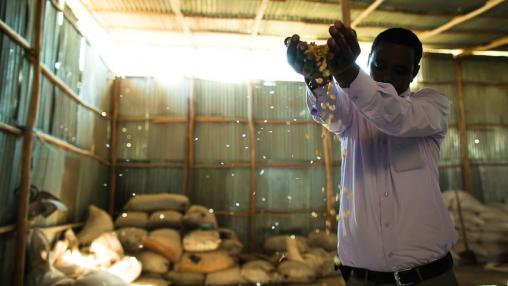
Can Ethiopia Maintain Its Great Progress Toward Food Security?
Nearly 30 years after the 1984 famine that left more than 400,000 people dead, Ethiopia has made significant progress toward food security. Some of these recent successes include a reduction in poverty, an increase in crop yields and availability, and an increase in per capita income—rising in some rural areas by more than 50 percent!
What happened to cause this breakthrough, and what steps does the country need to stay on track?

Poverty Scorecards Help Prioritize Lending, Minimize Risk
Economic growth in the developing world relies heavily on credit, grants, and loans. But increasing poor populations' access to these financial vehicles brings with it a significant amount of risk for lenders, both public and private. When selecting development interventions to financially support, lenders and donors are often faced with an "either/or" proposition - they can fund either more sustainable (and thus less risky) projects that may have lower poverty-reducing effects or less sustainable projects that will have a higher impact on poverty.

Egyptian Poverty, Food Insecurity Rising
A new report from IFPRI, WFP, and Egypt's Central Agency for Public Mobilization and Statistics (CAPMAS) finds that in 2011, food insecurity affected an estimated 17 percent of the population, or 13.7 million people. This number is up from 2009, when 14 percent of the population suffered from food insecurity. Poverty has also risen during this time, with 15 percent of the population moving into poverty between 2009 and 2011.

Fickle Food Prices in Africa: Fact or Fiction?
Just as the sun rises and sets, food price volatility—the variation in food prices over time—is a given these days. Once unexpected price instabilities have now become routine in the era following the food crisis of 2007-2008. For poor households, which spend more than 60 percent of their income on food, price shocks are, indeed, shocks to a struggling family’s bottom line. For example, farmers find it difficult to know what type of crop and how much of it to plant, leading to shortages and lost incomes.
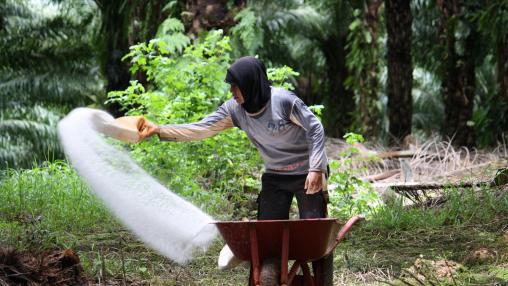
Improving Fertilizer Markets Through Competition
Fertilizer is a key piece of the puzzle when it comes to improving agricultural yields in developing countries. Despite widespread recognition of fertilizer's importance, however, many African farmers use substantially less fertilizer than their counterparts in Latin America and Asia. A new article in IFPRI's Insights Magazine examines why this is so, and how increasing competition in the global fertilizer market could help close the gap.
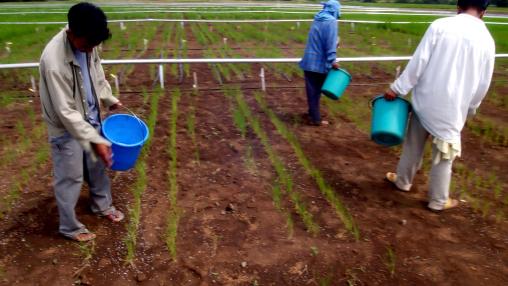
Rethinking Input Subsidies
After being largely eliminated by structural adjustment programs in the 1980s and 1990s, large-scale input subsidy programs are regaining popularity throughout the developing world, particularly in Africa south of the Sahara. It's estimated that African countries spend, on average, 30 percent of their agriculture budgets on these programs, which aim to increase small farmers' investments in new technologies and increase agricultural production. Despite these programs' widespread use, however, debate abounds about how efficient input subsidy programs actually are.

ReSAKSS-Asia Launches New Website
Asia is a region characterized by unique agricultural and economic opportunities and challenges. In recent years, many Asian countries have made great strides in transforming their agricultural systems and reducing their numbers of poor and malnourished. Despite this progress, however, the region remains home to most of the world's poor and hungry, and faces additional challenges in the form of environmental degradation and climate change.
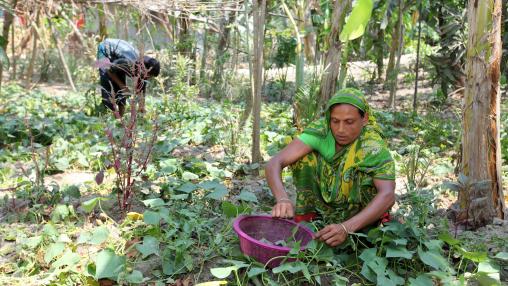
Wages Rising in Bangladesh, But Food Security Challenges Remain
One of the most populous countries in the developing world, Bangladesh has made impressive strides in recent years in both food self-sufficiency and poverty reduction. Since 1990, Bangladesh's Global Hunger Index score has fallen from 37.9 to 24.0, meaning a fall from extremely alarming levels of hunger. And from 2000 - 2010, the incidence of poverty in the country declined from 49 percent to 32 percent. Still, much remains to be done to ensure that the country continues its upward climb. New research from IFPRI looks at the two sides of Bangladesh's poverty and food security coin.